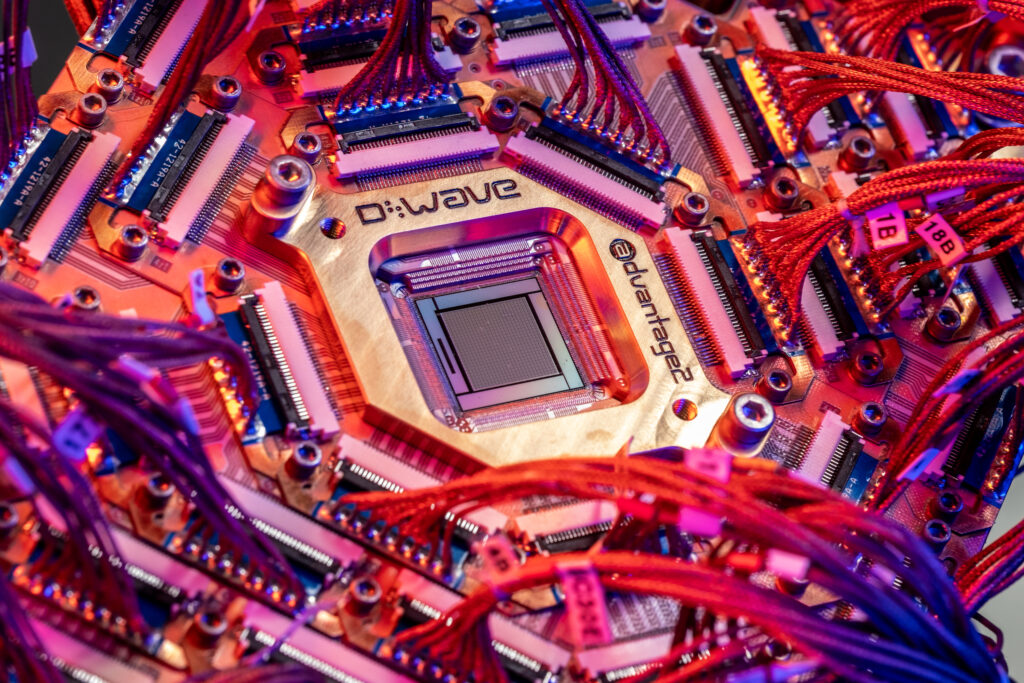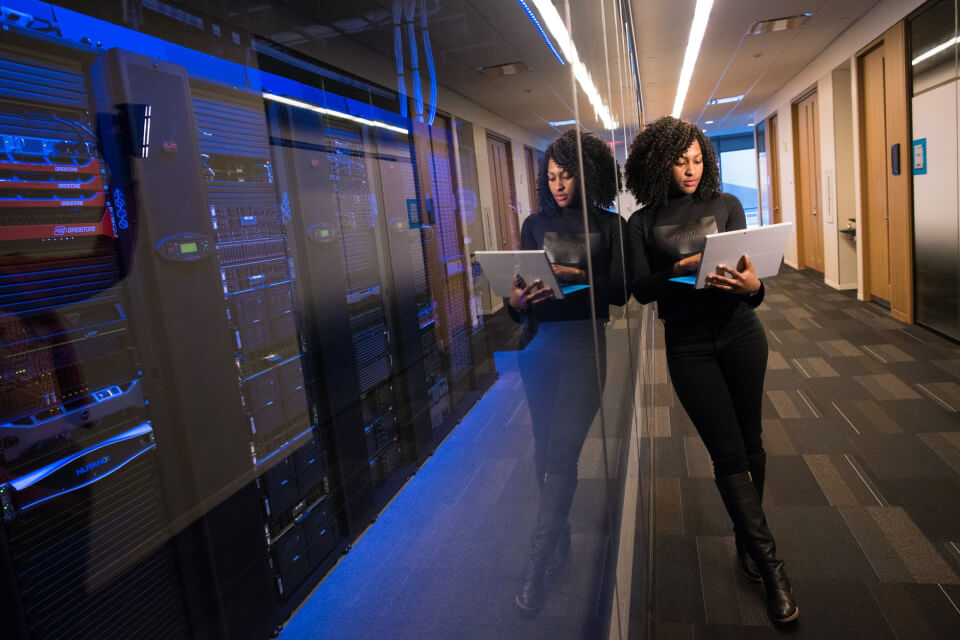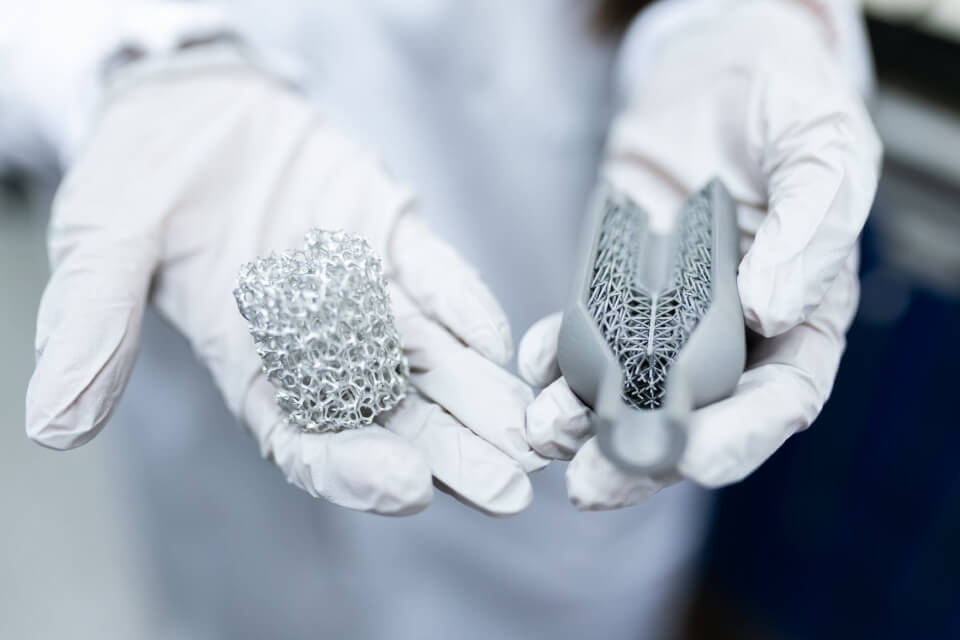
Quantum computer maker D-Wave Quantum Inc. today announced the launch of its next-generation quantum computer, the Advantage2, now commercially available via the company’s quantum cloud service.
Advantage2 features over 4,400 qubits, 20-way connectivity and a hybrid solver integration with enhanced scale, speed and solution quality over the previous Advantage system. It’s the company’s sixth-generation annealing quantum computer, designed to deliver high-efficiency results for use cases such as optimization, materials simulation and artificial intelligence.
“We see a 10,000-times improvement and speedup in Advantage2 over Advantage… delivering higher-quality solutions much, much faster,” D-Wave Chief Development Officer Trevor Lanting told SiliconANGLE in an interview.
The Advantage2 processor uses Zephyr topology with 20-way connectivity, enabling the embedding of larger problems with fewer physical qubits. Though classical computers excel at optimizing predictable problems and can process complex solutions, they often take a long time to resolve them. Quantum computers, by contrast, explore multiple solutions in parallel and can handle uncertainty through probabilistic solving.
What can take a classical supercomputer months or years to solve, a quantum computer can solve in minutes. This makes them ideal for exploring practical problems such as drug discovery, genetics and materials science. They can also be applied to more business-related problems such as route optimization for grocery delivery and supply chains, or risk modeling for finance.
Quantum processors use qubits, or quantum bits, a fundamental unit of information, similar to the bit in classical computing. Unlike bits, which can represent 0 or 1, a qubit can exist in superposition, or both states simultaneously, meaning it can represent both 0 and 1 at the same time, or any portion in between. Qubits can also be entangled, or connected to one another, for certain computational tasks, allowing for specialized descriptions of problems.
Advantage2’s 4,400 qubits and high connectivity makes it ideal for a very large computational space.
“We’ve doubled the qubit coherence… and reengineered the fabrication stack,” said Lanting. “This is allowing us to pose problems at much higher precision and get much faster time to solution.”
In quantum computing, coherence refers to how long a qubit can maintain its quantum state – such as superposition or entanglement – before it is disrupted by noise or interference. At low coherence qubits fall apart quickly and the solution scatters, whereas at high coherence it’s easier to get a solution because the processor stays stable. By doubling coherence, qubits remain in a stable quantum state for longer, allowing the system to find better answers faster, with less interference.
D-Wave also said it features a 40% increase in energy scale and a 75% reduction in noise, which enables it to perform much more complex calculations. Quantum computers are extremely sensitive to noise, or any sort of change in the environment around them, which can disturb qubits, causing disruptions in calculations.
According to D-Wave, it’s quantum computers, including the Advantage2 system, have required the same amount of electricity over all six generations, only 12 kilowatts. That means that with each successive generation, they become ever more power-efficient.
D-Wave said that unlike other quantum systems still in development, the Advantage2 is designed for addressing real-world and enterprise use cases, including science and technology. Advantage2 is currently available via D-Wave’s real-time quantum cloud computing service Leap, available in 42 countries.
Customers can explore Advantage2 through D-Wave’s Quantum Launchpad program, which offers three months free access for testing and development. Lanting described Launchpad as a “free trial access program” for customers who want to “kick the tires” to see if quantum is right for them.
Looking to the future, D-Wave is not sitting on its laurels, Lanting said, so it’s looking to push for even larger-scale quantum computing.
“We talked about our roadmap to 100,000 qubit processors,” said Lanting, noting that Advantage2 is a key step in that journey, one that will involve scaling processor fabrics and developing multichip architectures.
Image: D-Wave
Your vote of support is important to us and it helps us keep the content FREE.
One click below supports our mission to provide free, deep, and relevant content.
Join our community on YouTube
Join the community that includes more than 15,000 #CubeAlumni experts, including Amazon.com CEO Andy Jassy, Dell Technologies founder and CEO Michael Dell, Intel CEO Pat Gelsinger, and many more luminaries and experts.
THANK YOU



